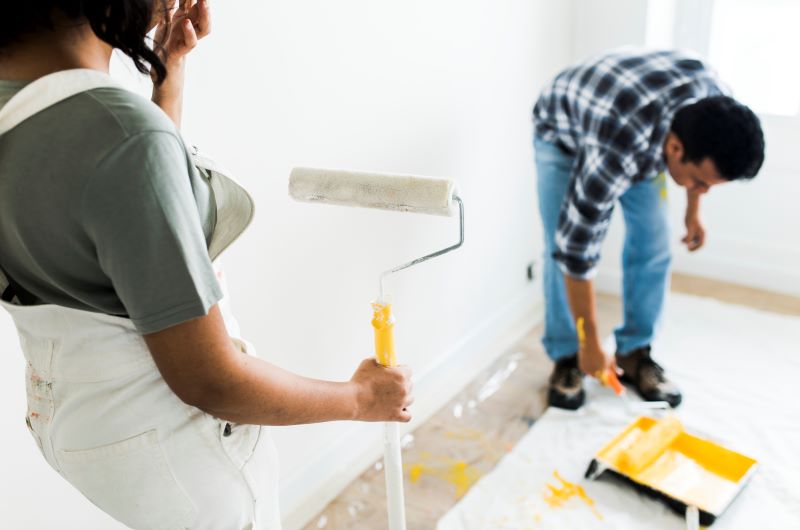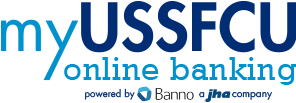Budgeting for Spring Home Renovations: A Smart Start to the Season
Published: January 31, 2025

Spring is just around the corner, bringing longer days, warmer weather, and the perfect opportunity to tackle those long-awaited home improvement projects. Whether you're planning to refresh your living space, upgrade your kitchen, or enhance your home's energy efficiency, setting a realistic budget is the key to making your renovation plans a success—without breaking the bank.
Careful planning, smart financing, and cost-saving strategies can help ensure your home improvements go smoothly. Here’s how to budget wisely and get your home ready for spring.
1. Define Your Renovation Goals
Before diving into numbers, take a step back and prioritize your projects. Are you making updates for functionality, aesthetics, or resale value?
Ask yourself:
- What’s my must-have list vs. my nice-to-have list?
- How will this renovation improve my home’s value?
- What’s my budget, and how will I finance it?
Tip: Spring is a great time for curb appeal projects, kitchen and bathroom upgrades, and energy-efficient improvements that can increase your home’s value and comfort.
2. Research Costs & Get Estimates
Once you’ve identified your top projects, research the costs of materials and labor. Prices can vary based on location and contractor demand, so getting multiple estimates can help you find the best deal.
Here’s a rough estimate of common home renovation costs:*
- Minor kitchen remodel: $10,000 - $25,000
- Bathroom update: $5,000 - $15,000
- New flooring: $3,000 - $10,000
- Exterior upgrades (siding, paint, landscaping): $5,000 - $20,000
- Energy-efficient improvements (windows, solar, HVAC): $7,000 - $25,000
Tip: Always add a 10-20% buffer for unexpected costs like material price fluctuations or structural issues.
3. Choose the Right Financing Option
If you don’t have savings set aside for your renovation, there are several financing options to consider:
Home Equity Line of Credit (HELOC)
- Ideal for larger renovations where you need ongoing access to funds.
- Works like a credit line—you borrow as needed.
- Typically offers lower interest rates than personal loans or credit cards.
Home Equity Loan
- Best for one-time, high-cost projects like kitchen remodels or additions.
- Fixed interest rate and predictable monthly payments.
- Borrow a lump sum based on your home’s equity.
Unsecured Home Improvement Loan
- Perfect for smaller projects like painting, new flooring, or landscaping.
- Little to no home equity required—approval is based on creditworthiness.
- Faster funding compared to secured loan options.
Tip: Not sure which loan is right for your project? USSFCU can help you explore the best financing options for your needs.
4. Create a Budget Breakdown
Now that you have a cost estimate and financing plan, break down your budget into categories:
|
Expense Category |
Estimated Cost |
|
Materials (flooring, tiles, paint) |
$_____ |
|
Labor (contractors, permits) |
$_____ |
|
Appliances/Fixtures |
$_____ |
|
Unexpected Costs (10-20% buffer) |
$_____ |
|
Total Budget |
$_____ |
Tracking expenses during the project will help you stay within budget and adjust if needed.
5. Smart Ways to Cut Costs
If your renovation is exceeding your budget, consider these money-saving strategies:
- DIY Where Possible: Painting, demolition, and minor upgrades can be done yourself to save on labor costs.
- Shop Smart: Look for seasonal discounts, warehouse deals, and gently used materials at home improvement stores.
- Reuse & Repurpose: Instead of replacing cabinets, consider refinishing them for a fresh look at a lower cost.
- Phase Your Renovation: If needed, spread out renovations over time rather than doing everything at once.
6. Focus on High-Value Upgrades
Some renovations pay off more than others. If you want the best return on investment, consider:**
- Kitchen Remodel (ROI: 60-80%) – Modernizing your kitchen increases home value.
- Bathroom Upgrade (ROI: 60-70%) – Fresh tiles, updated fixtures, and better lighting.
- Energy-Efficient Upgrades (ROI: 50-70%) – New windows, solar panels, and HVAC improvements lower utility costs.
Tip: If your renovation adds value to your home, a home equity loan or HELOC could be a great way to finance it.
Article content is provided for information purposes only.
All loans are subject to credit approval. Rates and/or credit limits are based on creditworthiness, income and debts. Not all applicants will qualify.



